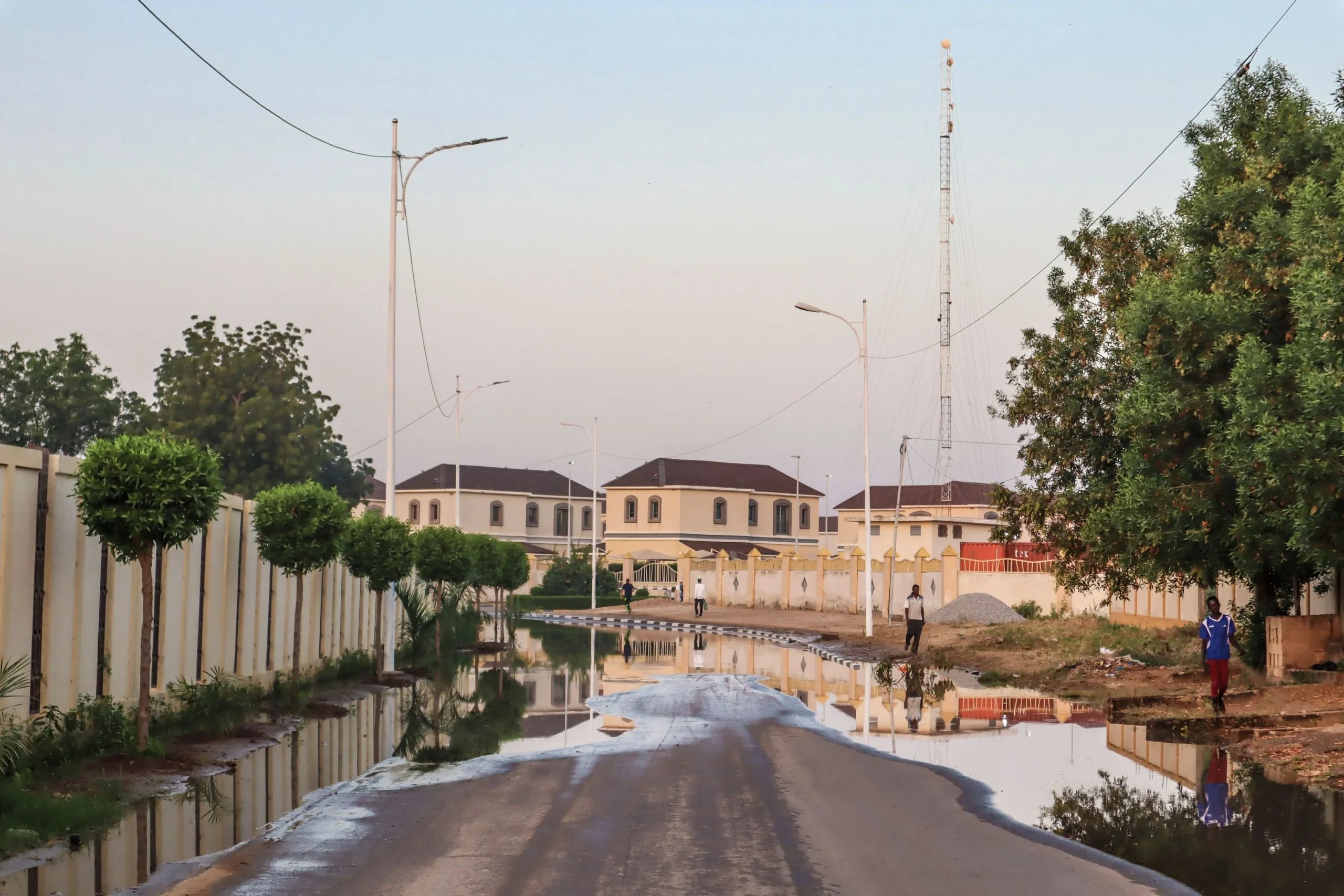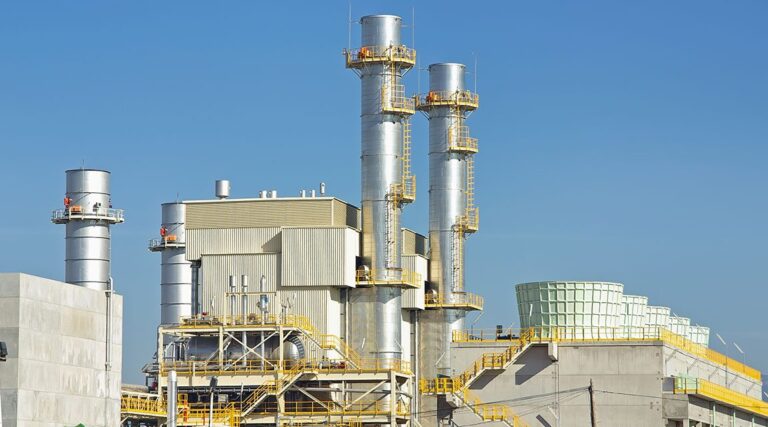
Every rainy season, the Chadian capital is plunged into a familiar ordeal as heavy downpours transform its roads into treacherous quagmires, leaving commuters and residents frustrated and stranded.
What should be ordinary traffic lanes quickly degrade into obstacle courses once rain hits. Even the best-maintained streets fail under the torrents, as embankments and layers of earth dissolve into thick, sticky mud.
The resulting conditions are not just inconvenient—they are hazardous, creating slippery surfaces and hidden pits that endanger both drivers and pedestrians.
The city’s traffic woes are compounded by the sheer volume of vehicles navigating the streets.
Motorcycle taxis, cars, and trucks churn up already fragile surfaces, deepening ruts and making travel across certain neighborhoods almost impossible.
“The roads become traps as soon as the first heavy rains fall,” said one local resident.
Experts point to a critical lack of effective drainage as a major contributor to the problem. Rainwater accumulates on the streets, forming unpredictable pools that slow traffic and obscure hazards beneath the surface.
“Without proper drainage, even minor rainstorms can create major disruptions,” noted a municipal engineer.
Residents have had to rely on ingenuity and patience to navigate these conditions, improvising routes or using makeshift solutions to avoid the worst hazards.
Yet, each year the problem repeats itself, raising urgent questions about the city’s capacity to implement long-term solutions.
Urban planners warn that without sustainable road infrastructure and a comprehensive sanitation system, N’Djamena will continue to face annual crises during the rainy season.
“The challenge is not just inconvenience—it is a public safety issue that demands immediate action,” said a local civil society advocate.
As the rains continue to batter the city, the urgency for investment in resilient roads and drainage systems grows ever more pressing, highlighting the need for both government intervention and community awareness to prevent the streets from turning into seasonal hazards.



